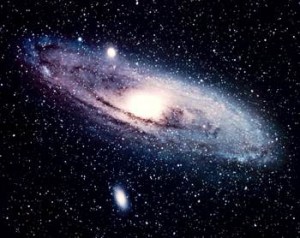Eye warning for sky gazers
Thursday, May 31st, 2012 6:43:28 by Ahmad Mehdi
Eye warning for sky gazers
Sky gazers hoping to witness next week’s transit of Venus are being warned not to look directly at the sun with the naked eye.
The rare event will be visible in New Zealand from 10.15am to 4.43pm on Wednesday, but the Royal New Zealand Foundation of the Blind is urging people to ensure they use the proper equipment to view the phenomenon.
The transit of Venus sees the planet slide slowly along the face of the sun over six hours.
It was last seen in 2004 and will not be visible again until 2117.
Vice president of the Royal Australian and New Zealand College of Ophthalmologists, Dr Stephen Best, said direct solar radiation from looking at the sun can harm your eyes permanently.
"Exposing the eye to intense visible light from the sun will cause severe retinal burns.
"As the retina has no pain receptors the effects will not be felt before serious irreparable damage occurs," Dr Best said.
"Viewing the sun through binoculars or a telescope without proper protective filters can result in immediate thermal retinal injury because of the high radiation levels in the magnified image."
The Royal New Zealand Foundation of the Blind chief executive, Sandra Budd, said more than 80 per cent of eye injuries are avoidable.
People are recommended to either view the phenomenon through a pinhole projector, or through special filtered glasses which have a thin layer of aluminium on their surfaces that attenuate radiation.
Sunglasses are also not safe.
Alternatively you can visit an observatory to view the transit through a safe solar telescope.
Auckland’s Stardome Observatory will be open from 10am to 5pm with free viewing through their courtyard telescopes, which have all been fitted with new solar filters.
Short planetarium shows explaining the transit will also run throughout the day for a gold coin donation.
Stardome has also purchased a new solar telescope in anticipation of the event. The Lunt solar telescope is mounted on the side of the Edith Winstone Blackwell memorial Zeiss telescope as an auxiliary instrument. A live feed from the new solar telescope
will be running to a big screen to allow as many people as possible to view the images.
Short URL: https://www.newspakistan.pk/?p=24135

















